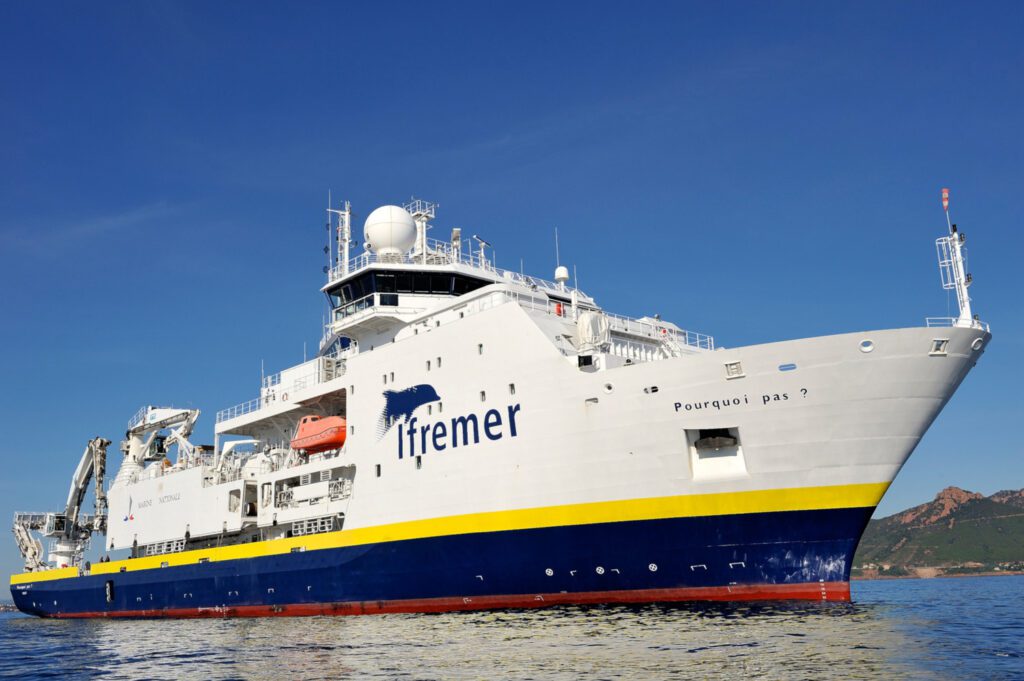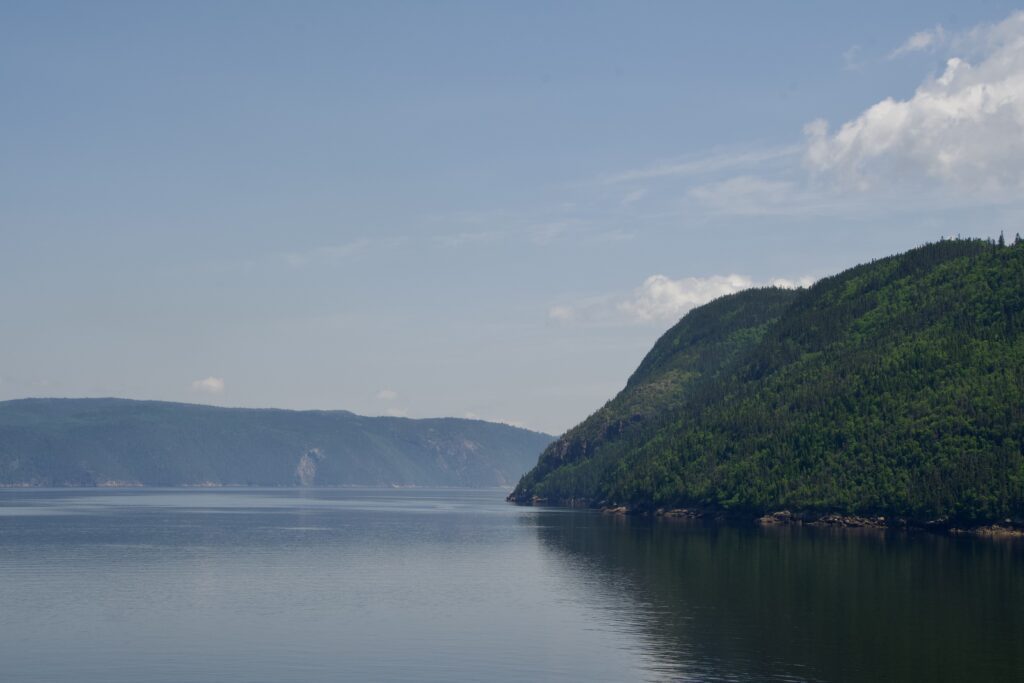Images of zooplankton in their environment taken in 2016 were recently used to better understand their carbon contribution to the Ocean and their representation in biogeochemical models. As zooplankton produce sinking particles like fecal pellets, moults and carcasses, they contribute significantly to the biological carbon pump in the ocean. Scientists have used different techniques to look at this contribution such as collecting fecal pellets from sediment traps installed in the Ocean or from laboratory studies in more controlled environments.
In the past years, Margaux Perhirin and her colleagues have collected and sorted images of zooplankton in the Baffin Bay area taken with a UVP mounted under the CTD-Rosette of the CCGS Amundsen. They identified numerous particles that looked like zooplankton’s fecal pellet and compared the morphology of these particles with fecal pellet morphology and length of individuals in laboratory and collected from sediments traps. This morphological approach was characterized by different criteria such as the shape and the transparency level. Despite some limitations, there is strong evidence that these UVP images are indeed zooplankton’s fecal pellets. This result captures the importance of developing and using new tools to study and identify biological particles like fecal pellets, which have a potential impact on carbon fluxes in the Ocean.



